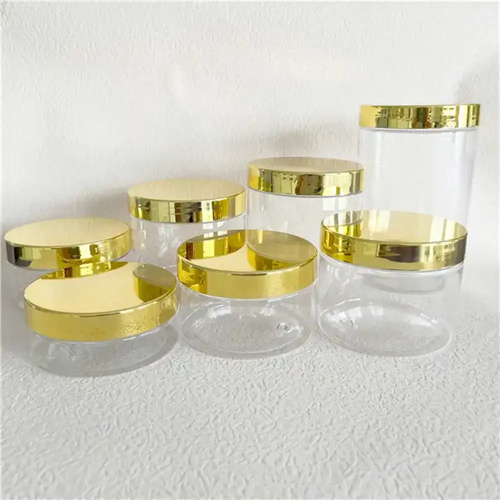Calculation of injection molding core pulling distance
In injection mold design, the core pulling mechanism is a critical component for handling complex features on plastic parts, such as side holes, undercuts, and bosses. Accurately calculating the core pulling distance is essential for ensuring proper function and smooth part demolding. The core pulling distance refers to the minimum distance the core or slider must move during the core pulling process to ensure the part is completely free of the core and avoid damage or deformation during demolding. If the core pulling distance is too small, the part may not be able to be demolded smoothly. However, if the core pulling distance is too large, the mold size and complexity will increase, reducing production efficiency.

The calculation of the core pulling distance needs to be determined based on the specific structural characteristics of the plastic part. For parts with side holes or undercuts, the basic formula for calculating the core pulling distance is: Core pulling distance = Depth of side hole or undercut + Safety distance. The depth of the side hole or undercut is the distance from the side of the plastic part to the deepest point of the hole or undercut, which is the minimum distance required to ensure that the core can completely escape from the part. The safety distance is typically 3-5mm. This serves to compensate for possible errors in the core pulling mechanism during operation and to account for slight shrinkage of the plastic part after cooling, ensuring reliable core pulling. For example, for a part with a side hole depth of 10mm, the core pulling distance should be at least 10 + 3 = 13mm.

For plastic parts with complex undercuts or patterns, the calculation of the core-pulling distance needs to take into account factors such as the boss height and inclination angle. If the undercut is perpendicular to the core-pulling direction, the core-pulling distance should be at least the height of the undercut plus a safety distance. If the undercut has a certain inclination angle, the projected height along the core-pulling direction needs to be calculated using trigonometric functions, and then the safety distance needs to be added. For example, an undercut with a height of 8mm and a 30-degree angle to the core-pulling direction has a projected height along the core-pulling direction of 8 × sin 30° = 4mm, so the core-pulling distance should be 4 + 3 = 7mm. Furthermore, for plastic parts with multiple undercuts or undercuts in different locations, the core-pulling distance should be the largest calculated value to ensure smooth demolding of all complex structures.

When calculating the actual core-pulling distance, the type and movement of the core-pulling mechanism also need to be considered. Different core-pulling mechanisms, such as inclined guide pin core pulling, hydraulic core pulling, and pneumatic core pulling, may have different calculations for the core-pulling distance. For example, the core-pulling distance of an inclined guide pin core-pulling mechanism is also related to the inclination angle of the inclined guide pin: core-pulling distance = effective working length of the inclined guide pin × sin (inclination angle). Therefore, when designing an inclined guide pin core-pulling mechanism, it is necessary to determine the length and inclination angle of the inclined guide pin based on the calculated core-pulling distance to ensure a match between the two. Typically, the inclination angle of the inclined guide pin is 15°-25°. Too large an angle may result in insufficient core-pulling force, while too small an angle will increase the length of the inclined guide pin and the size of the mold.

In addition to the part’s structure and the type of core-pulling mechanism, the calculation of the core-pulling distance also requires consideration of the mold’s overall structure and production process requirements. For example, when designing a multi-cavity mold, the core-pulling distances for each cavity must be considered uniformly to ensure that the core-pulling mechanisms’ movements do not interfere with each other. Furthermore, the core-pulling distance affects the core-pulling mechanism’s reset accuracy. Excessive core-pulling distances can make reset difficult or inaccurate, impacting the accuracy of the next injection molding cycle. Therefore, when calculating the core-pulling distance, it’s important to comprehensively consider various factors and perform reasonable optimization. While ensuring smooth demolding of the part, the core-pulling distance should be minimized, simplifying the mold structure and improving production efficiency.
